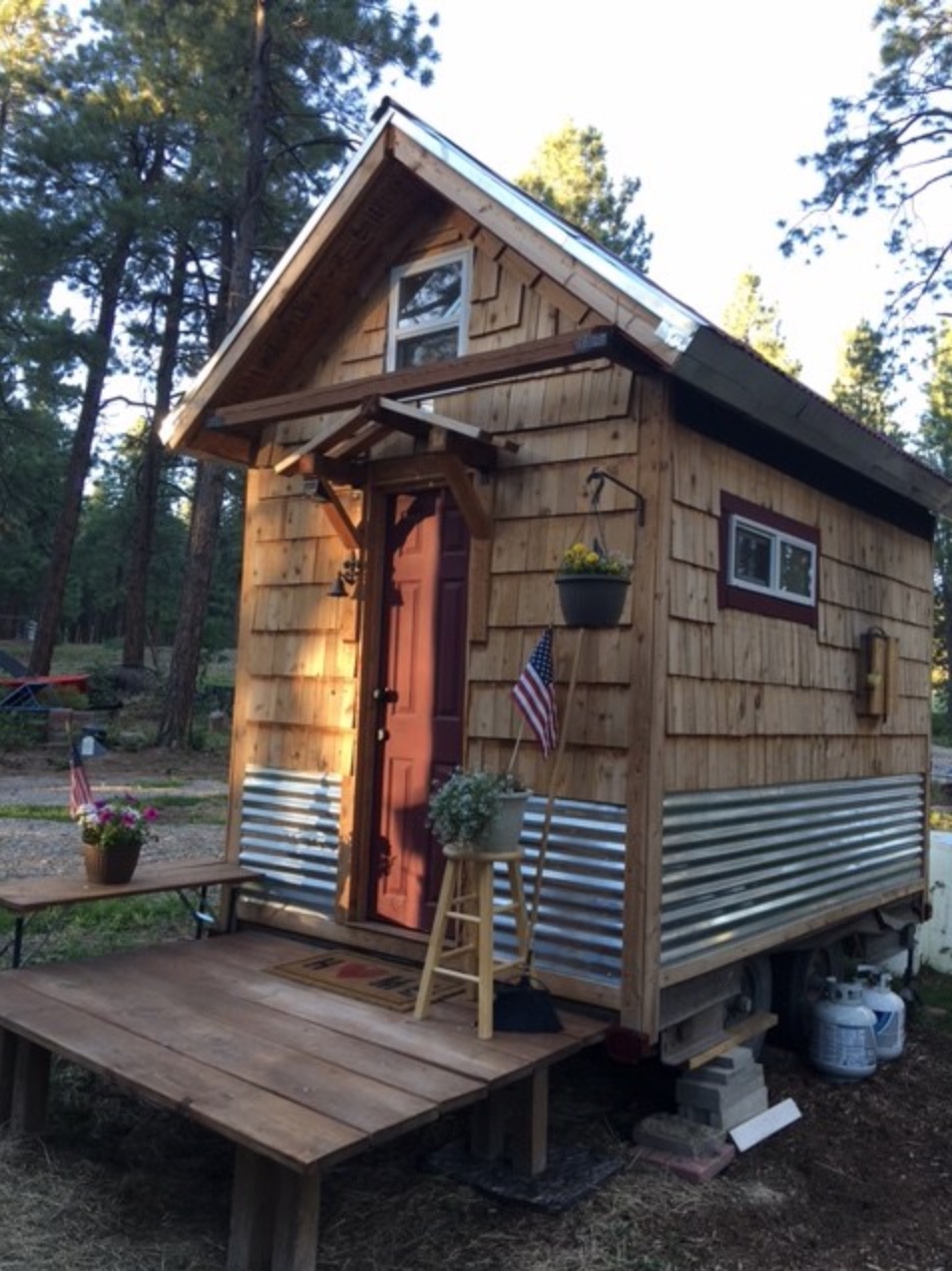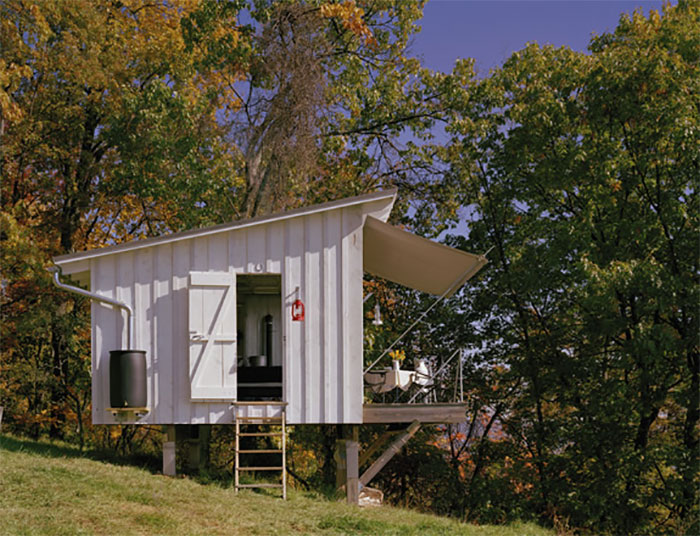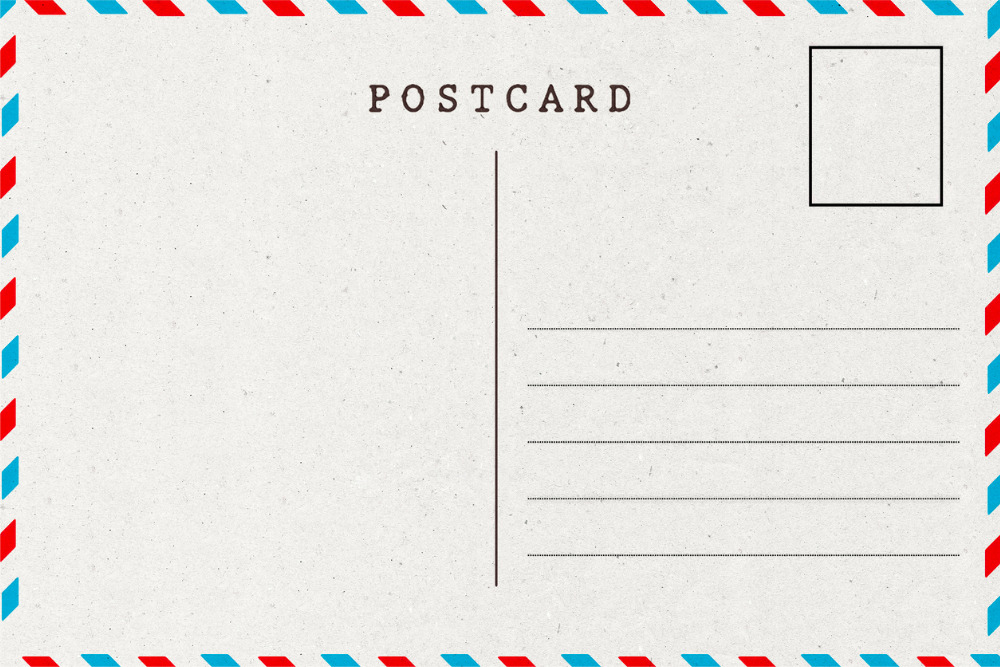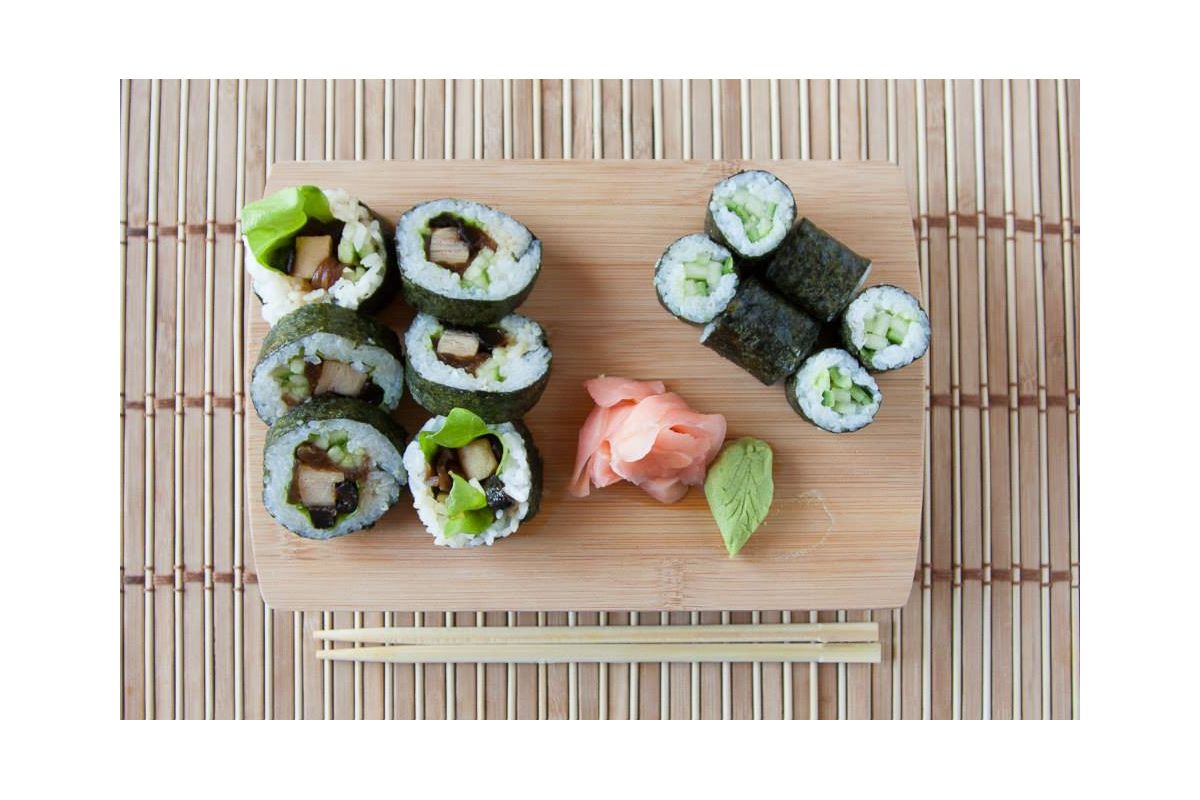Table Of Content
- The Dyeing Process
- selectHow to find the best shampoo to help repair damaged hair
- Dusty Dip
- Your Complete Guide to Hair Care and Styling for 3B Hair Type
- Sign up to our newsletter and get exclusive hair care tips and tricks from the experts at All Things Hair.
- Rainbow Dip
- How do you prevent damage and dullness in color-treated hair?

Also make sure to use the low heat setting on any hot tools (blow dryer, straightener, curling iron, etc.). The second thing Morales recommends is using a shampoo made specifically for color-treated hair. Blondes (and even some brunettes) may want to look for a purple shampoo, which helps to keep brassy tones at bay. A good rule of thumb is to look for shampoos that are marked as "color-safe". While no shampoo is entirely "color-safe," these are typically made with less aggressive detergents and are gentler on hair treated with hair dye. GARNIER celebrity hair stylist and colorist Millie Morales offers some key quick tips right off the bat.
The Dyeing Process
What’s the difference between a liquid dye and a mousse formula, you ask? McLean says mousse colors are more translucent, leading to a shimmery, iridescent effect after being applied. Liquid colors are typically more opaque or condensed and may lead to a more pigmented final look. If you can live with the dyed tip color for a little while, try using hot water and shampoo every few days to encourage the color to completely fade from your hair as fast as possible.
selectHow to find the best shampoo to help repair damaged hair
It involves semi- or demi-permanent hair color which “just deposits, and doesn’t lift, so it’ll probably get the closest to your natural color,” he says. He recommends using this color to “spot treat” areas like the temples where groups of gray hairs show up quicker and leave the top alone. The other thing to consider up front is how long you want it to last. You may assume that all hair dye is permanent, but there are actually different levels. It’s best for a complete change or to completely cover all the grey hairs on your head. Demi-permanent hair color will last you about six to eight weeks and gradually fades with each shampoo.
Dusty Dip
Since dying your hair can dry it out and cause damage, no matter what kind of hair you have. If you have curly or textured hair, you may want to switch to a cleansing conditioner instead of a shampoo, which will keep hair extra moisturized even as you clean it. Nathan recommends also doing regular deep conditioning masks to help replenish the natural oils that keep hair healthy.
Add shampoo to your hair dye
What Men Should Know About Dyeing Their Gray Hair - The New York Times
What Men Should Know About Dyeing Their Gray Hair.
Posted: Thu, 06 Jul 2023 07:00:00 GMT [source]
Heat, unfortunately, is also famously responsible for causing hair damage. When it comes down to it, using too much heat on the hair will damage it further and make it drier, which can cause the color to fade faster. You'll probably still want to use hot tools sometimes, and that's fine! But whenever you do so, make sure you're applying a heat protectant to the hair.

Your Complete Guide to Hair Care and Styling for 3B Hair Type
To get the exact results you want, pore over the "before" shades on the box labels when shopping—and make sure your starter color is a match. Place a disposable shower cap over your head while the dye processes to prevent it from dripping. Use a handheld mirror to check the back of your head in the bathroom mirror as you color so you won’t miss spots, Hill recommends. Think like a surgeon and set up your tools on the counter before you begin. That way, you’ll be clear on the steps and won’t have to stop mid-process, which could lead to mistakes like leaving the dye on too long or missing areas. The sad fact is, every time you use shampoo you'll rinse out a little bit of color.
Sign up to our newsletter and get exclusive hair care tips and tricks from the experts at All Things Hair.

“Color-treated hair is hair that has gone under any permanent color treatment. That includes all-over hair color, balayage, highlights, lowlights, gray coverage, etc,” says Chase Kusero, star hairstylist and co-founder of IGK Hair Care. If you’re having trouble with the hair on the back of your head, use your fingers to lightly massage the dye into your roots. This will help to spread the hair color, ensuring that you won’t have any dry spots. Before you even attempt to dye your hair at home, always read through the instructions included in the box.
Rainbow Dip
"It made it a lot blonder, frostier," @trpayne said in her post, "some pieces are actually purple." Apply conditioner to any portion of dry hair where you want to preserve the existing color (like if you have highlights) or ends. Saturate a cotton ball with astringent or warm water and rub on your forehead around your hairline to remove any dye on the skin.
(As a refresher, purple shampoo is mostly used by blondes to remove the brassy color from their strands). It turns out that using this dry method can heighten the typical result of rinsing with purple shampoo or, if left in for long enough, can temporarily dye hair a violet color. Tons of TikTok users are testing out this trend and showing that, as strange as it might seem, this trick really works — and it looks super fun.
"You should wait at least 24 to 72 hours to rewash your hair after a color process," Morales says. "That way the molecules of color can adhere to the hair. It definitely affects it if you wash it right away because you are not letting the color settle in." Just because it's better to use shampoo less frequently doesn't mean that your hair will get greasy less often (although, it will likely to adjust over time). If you're on a no-wash day and your hair isn't feeling super fresh, try sprinkling or spritzing some dry shampoo on the roots instead of going for a full wash. Once you have a shampoo in mind, double (triple!) check that it doesn't contain sulfates.
Florence Pugh arrived on the red carpet for the Black Widow premiere with a wet-looking finger waves-meets-beach waves vibe and a lavender-colored coating on her ends. Brad Mondo, New York City-based hairstylist and founder, CEO, and creative director of XMONDO Hair, recently shared a video via YouTube with a few helpful tips on what to keep in mind when you're coloring your hair at home. Check out Mondo's tips in the video above, and read ahead for a breakdown.
The box kit will include everything you need to apply the color, like a squeeze bottle, which is used to direct the color onto your hairline. Your stylist at the salon likely uses a bowl and brush, but using a bottle is easier for at-home dye, which tends to be runnier than the product at the salon, says Ferrara. Try washing the tint out with a clarifying shampoo or a deep treatment mask like Matrix Biolage HydraSource Deep Treatment Hair Mask right away. The red counteracts the green, and the acidity helps neutralize the reaction. Then make sure to study up how to protect your color before jumping into the pool.
That’s where coloring your hair at home comes in and proves to be the perfect alternative with a much friendlier price tag, not to mention maintenance that can be done on your own schedule. If you’re a hair color novice, it may sound intimidating at first, but with the right at-home hair coloring kit, dyeing your hair at home can be convenient, affordable and most importantly — successful. At-home hair coloring kits have been formulated to work in a specific way, so it's important to use the instructions that come with your kit for any application recommendations like timing and post-color conditioners. "If you have a gray headband along your hairline, get a semipermanent dye and only color that area," says colorist Rita Hazan, the founder of Rita Hazan Salon in New York City. It may mean working strand by strand, adds Robinson, who suggests using an eye shadow brush for extra precision. Any kind of bleaching or hair dye can be drying to hair, so it is important to nourish and hydrate your hair in the weeks after dyeing it.
The natural oils on your scalp actually serve as a protective barrier to guard against irritation from the chemicals in the hair dye, so you want them there before you apply dye. "This will irritate your scalp and can become painful. The hair should be clean of product but not of your natural oils, as it acts as a protectant." Runoff from rinsing out your roots can stain the rest of your hair, so she suggests creating a coconut oil barrier to keep dye from dripping down through the rest of your hair.
Still, another added benefit they tend to have is protecting and maintaining the color, making them color-safe. However, excessive use or leaving the shampoo on for too long can lead to over-depositing of color, resulting in an unnatural or uneven hue. She says it's essential to follow the instructions provided with the product and monitor the results to achieve the desired effect without damaging the hair. If you have dark hair, are brunette and have red tones in your hair, or have red and brassy tones, consider using a green shampoo because it will counteract the red, says O’Connor. According to O’Connor, blue shampoo is a color-depositing or toning shampoo that can help counteract unwanted orange and brassy tones in your hair.
Few things are as trying—and rewarding—as learning how to dye your hair at home. But as anyone who's done it knows, there's a reason salon appointments are so expensive. Coloring your own hair requires skill, dexterity, and a basic familiarity with science. To help, we've compiled advice from our favorite hair pros about every DIY hair decision, from allover color to subtle highlights.




















